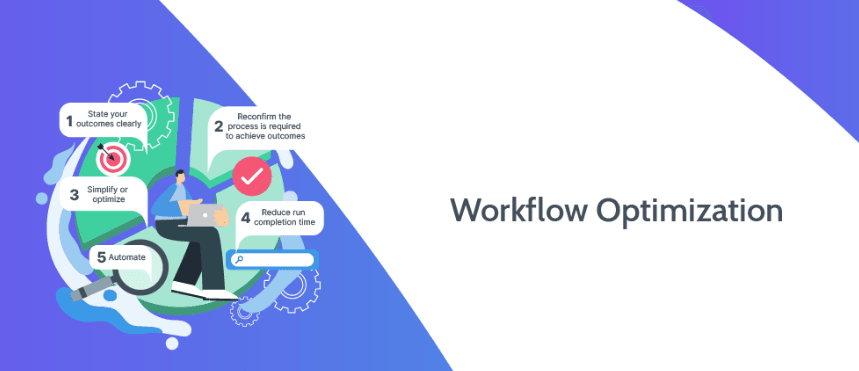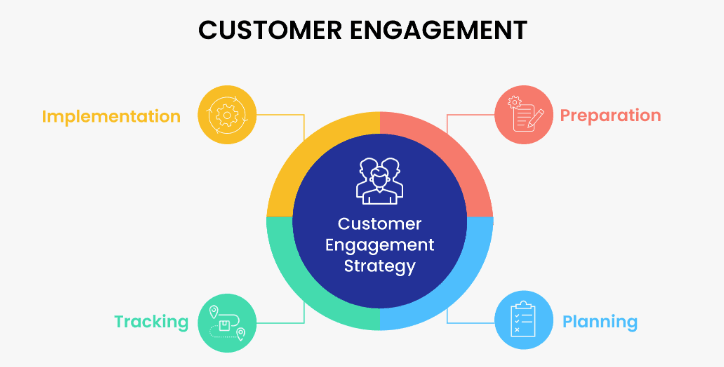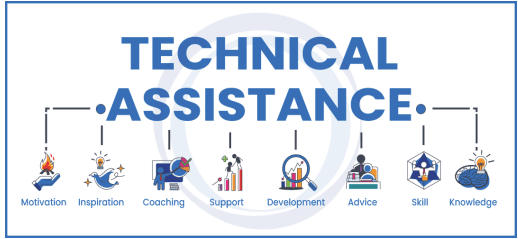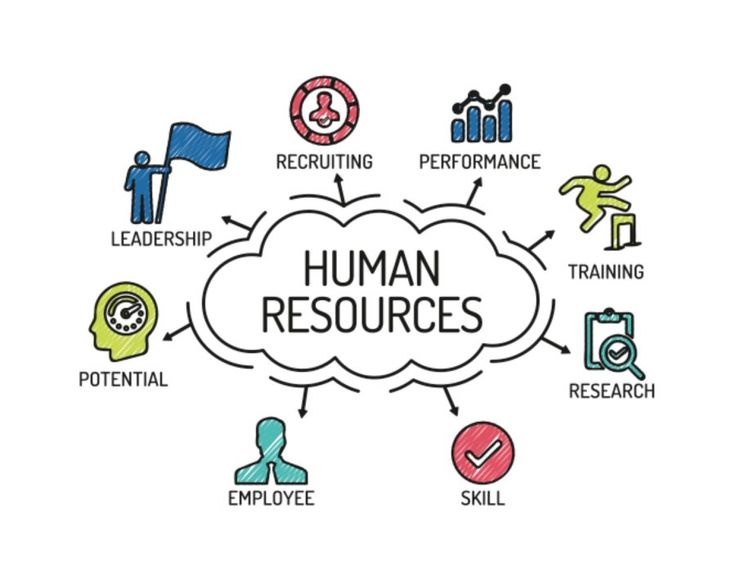Introduction
Artificial Intelligence (AI) is transforming businesses, and with the emergence of Generative AI, a new era of innovation has begun. Generative AI creates new data or models that generate original content based on learned patterns. Integrating Generative AI into business processes improves productivity and shifts towards sustainable operations.
Integrating Generative AI into businesses can enhance growth in several ways. Generative AI can streamline business processes to create a more efficient workflow, which leads to reduced costs, better output quality, and improved revenue growth.
Generative AI can also aid in decision-making during complex scenarios, improve customer service, and accelerate innovation.
Generative AI integration into business processes is essential for growth and productivity in modern businesses. In this blog, we will discuss how this integration can improve business processes, introduce successful use cases, address ethical considerations, and guide its effective implementation to maximize its benefits.
How Generative AI is Used for Business Process Optimization Across Industries
Generative AI, a branch of artificial intelligence, is a valuable tool for businesses in optimizing their processes across various industries.
By harnessing the power of generative AI, businesses can leverage data analysis and insights, automate content creation, streamline workflows, enhance customer engagement, foster creative design, provide technical assistance, augment data, and ensure quality assurance.
Let's explore each of these areas in detail.
1. Content Generation
Content creation is a time-consuming task for businesses across industries. Generative AI offers solutions to automate content generation processes, providing consistency and efficiency. This section covers:
Automated Content Creation: Generative AI can create marketing materials, product descriptions, and social media posts, ensuring a consistent and engaging online presence. E-commerce businesses can generate product descriptions and promotional content for a wide range of products, while marketing agencies can produce marketing materials more efficiently.
Report Generation: Automating report generation, including charts and summaries, saves time and ensures up-to-date information for decision-making. Finance and education sectors benefit from automated financial report generation and student progress reports.
Content Scaling: Generative AI can automate the creation of blog posts, articles, and other content, allowing businesses to produce a substantial amount of high-quality content more efficiently, catering to industries with high content demands.
2. Data Analysis and Insights
In today's data-driven world, generative AI is crucial in analyzing and deriving valuable insights from vast amounts of data. This section explores three key aspects:
Predictive Analytics: Generative AI models can analyze historical data to predict future trends, empowering businesses to make informed decisions and allocate resources effectively. Financial, retail, and healthcare industries can benefit from accurate market trend predictions, optimized inventory management, and efficient resource allocation.
Data Summarization: Generative AI can automatically summarize large datasets, enabling decision-makers to extract key insights quickly. Legal professionals can save time by summarizing lengthy legal documents and contracts, while marketing firms can generate concise summaries of survey responses and research reports for faster insights.
Natural Language Processing (NLP): Applying generative AI in NLP allows businesses to perform sentiment analysis, topic modeling, and automated categorization of text data. This aids in customer feedback analysis, market research, and targeted decision-making for industries like e-commerce and marketing.
3. Workflow Optimization

Efficient workflows are vital for businesses to improve productivity and minimize errors. Generative AI helps optimize workflows through automation and process enhancements. This section discusses:
Task Automation: Generative AI automates repetitive and rule-based tasks, reducing human error and accelerating task completion. Industries like manufacturing and HR can benefit from automating quality control checks, resume screening, and interview scheduling.
Supply Chain Management: Generative AI makes predicting demand, optimizing inventory, and anticipating supply chain disruptions possible. This helps industries like logistics and retail optimize route planning, reduce costs, and improve demand forecasting.
Quality Control: Implementing AI systems for quality control monitors manufacturing processes and identifies product defects. Industries, including automotive and pharmaceutical companies, can benefit from real-time defect detection and strict quality control.
4. Customer Engagement
Generating positive customer experiences is essential for businesses to thrive.

Generative AI can enhance customer engagement through intelligent interactions. This section explores:
Chatbots and Virtual Assistants: Powered by generative AI, chatbots and virtual assistants provide 24/7 customer support by addressing common inquiries and issues promptly. E-commerce businesses can provide instant support, while healthcare industries can assist patients with medical queries and appointment scheduling.
Personalized Recommendations: Generative AI analyzes user data to offer personalized recommendations, improving the customer shopping experience. E-commerce and streaming services can increase cross-selling and upselling opportunities and improve user engagement and retention by recommending tailored content.
Voice Interaction: Integrating generative AI into voice-activated systems and virtual customer service agents enhances user experiences. Consumer electronics and travel industries can provide voice-activated travel assistance and improved user interactions in smart devices.
5. Creative Design

Generative AI is transforming creative design processes, assisting in creating visually appealing content. This section covers:
Graphic Design: Employing generative AI to create graphics, logos, and visual assets helps maintain a consistent and professional brand image. Marketing and advertising agencies benefit from efficient visual content production.
Artistic Content: Generative AI assists artists and designers in generating creative concepts, pushing the boundaries of artistic expression. Entertainment companies can explore innovative ideas for artistic projects.
6. Technical Assistance

Generative AI provides technical assistance, enabling businesses to enhance user experiences and accessibility. This section focuses on:
Voice Synthesis: Synthesizing realistic human-like voices using generative AI enhances user interactions in voice-activated devices and applications. Consumer electronics and digital marketing benefit from improved user experiences and content accessibility.
Audiobook Narration: By employing generative AI, businesses convert text into natural-sounding audio for producing audiobooks, podcasts, and voiceovers. Publishing organizations can expand their content offerings for readers through audiobook production.
Maximizing Business Enterprise Output Through Generative AI Integration
Generative AI, powered by advanced machine learning algorithms, can transform various aspects of enterprise operations. Businesses can streamline processes, enhance productivity, and drive overall efficiency by leveraging the power of generative AI integration. Let’s see how generative AI integration can help different departments and functions within an enterprise.
1. Marketing and Sales
Personalized recommendations: With Generative AI Integration, businesses can deliver product suggestions tailored to each customer's preferences and behavior, enhancing conversion rates.
Content generation: Generative AI Integration automates content creation, allowing businesses to produce tailored and engaging marketing materials, saving time and resources.
Lead generation: Generative AI Integration accelerates lead generation processes by identifying high-quality prospects using data analysis and machine learning algorithms.
Targeted advertising campaigns: Generative AI Integration optimizes ad campaigns by analyzing customer behavior and preferences, enabling tailored and personalized targeting.
Suggested Reading:Role of Generative AI Integration Enhancing Business Processes
2. Operations and Supply Chain Management

Supply Chain Optimization: Through Generative AI Integration, businesses can optimize their supply chains by analyzing data, identifying bottlenecks, and streamlining processes for improved efficiency.
Quality Control: GenAI enhances quality control processes by analyzing data and identifying patterns, enabling businesses to proactively identify and address potential quality issues.
Inventory Management Enhancement: By integrating Generative AI, businesses can automate inventory management processes, predicting demand and optimizing stock levels to reduce costs and minimize stockouts.
3. Customer Support and Service
Chatbots and virtual assistants: The role of AI in business is evident in chatbots and virtual assistants, which provide instant and personalized support to customers, improving overall customer satisfaction.
Automated responses: AI plays a crucial role in business by enabling automated responses to customer inquiries, streamlining customer support processes and providing timely and accurate information.
AI trained on custom data: These AI systems can be trained on custom data, improving their accuracy in handling queries and providing more relevant and precise responses to customer inquiries.
4. Product Development and R&D
Data analysis: Generative AI integration enables businesses to analyze vast amounts of data, identifying patterns and insights that drive informed decision-making in product development and R&D.
Prototyping: Through generative AI integration, businesses can leverage advanced algorithms to quickly generate and refine prototypes, accelerating the product development cycle and reducing time to market.
5. Finance and Accounting
Introduction: Generative AI transforms finance and accounting, enhancing fraud detection, expediting expense report processing, and automating financial analysis for better decision-making.
Fraud detection: Leveraging generative AI improves identifying fraudulent activities in financial transactions, safeguards company assets, and enhances security measures.
Expense report processing: Generative AI streamlines expense report processing by automating data entry and categorization, reducing errors, and saving time for finance teams to focus on strategic tasks.
Automated financial analysis: Financial analysis becomes automated through AI integration, providing faster and more accurate insights into trends, risks, and opportunities, ultimately enhancing decision-making processes.
6. IT and Cybersecurity
Generative AI integration transforms IT and cybersecurity by enabling advanced security monitoring and automated code generation to enhance protection and streamline development.
Security monitoring: Generative AI integration enhances security monitoring by analyzing vast amounts of data and detecting anomalies or potential threats, enabling proactive response and mitigation.
Automated code generation: With AI by their side, businesses can automate the code generation process, improving efficiency and accuracy, and reducing the time required for software development and testing.
7. Human Resources
Generative AI integration enhances human resources practices, optimizing employee onboarding and streamlining resume screening for efficient talent acquisition.

Employee onboarding: Employee onboarding becomes more efficient and personalized through automated administrative tasks and tailored training materials.
Resume screening: AI can easily automate resume screening, accelerating the hiring process by analyzing and filtering job applications based on predefined criteria, improving efficiency and accuracy.
8. Legal Compliance
Generative AI integration optimizes legal compliance by facilitating regulatory adherence and expediting contract review, enhancing efficiency and accuracy.
Regulatory compliance: Generative AI integration automates regulatory compliance processes, ensuring adherence to laws and standards through advanced monitoring and analysis capabilities.
Contract review: GenAI streamlines contract review processes, with automated analysis and extraction of key terms, ultimately expediting the review and approval process.
9. Research and Development
Generative AI integration boosts research and development efforts by enabling efficient content generation, data synthesis, and hypothesis testing support.
Content generation: Leveraging generative AI integration automates the creation of diverse and relevant content, saving time and enhancing research output
Data synthesis: GenAI aids in synthesizing and analyzing large amounts of data, uncovering patterns and insights to inform research and development decisions.
Hypothesis testing support: Researchers can use GenAI to validate hypotheses faster and more accurately through automated data analysis and statistical modeling.
So, these were the widespread usage of generative AI in business processes. But please consider your requirements before you start connecting GenAI to your systems. Not all systems in your organization need AI if they are working efficiently. So, avoid over-optimization and only implement generative AI where it is vital.
On a Final Note
In conclusion, integrating Generative AI into business processes holds immense potential for revolutionizing operations across industries. From automating content creation and optimizing workflows to enhancing customer engagement and transforming product development, Generative AI opens endless avenues for innovation.
By harnessing the power of advanced machine learning algorithms, businesses can achieve heightened efficiency, improved decision-making, and streamlined operations.
As organizations continue to embrace the capabilities of Generative AI, they pave the way for a future where productivity and creativity intersect seamlessly, driving sustainable growth and cementing their positions at the forefront of technological advancement.
Embracing Generative AI is not just about adapting to the future; it's about shaping it and leading the charge into a new era of transformative enterprise excellence.
Frequently Asked Questions (FAQs)
How can Generative AI Integration automate content creation processes to save business time and resources?
Generative AI automates content creation, producing tailored and engaging marketing materials, social media posts, and product descriptions.
What are the benefits of using Generative AI in data analysis and insights?
Generative AI helps businesses predict future trends, summarize large datasets, and perform natural language processing for sentiment analysis and categorization.
How does Generative AI optimize workflows and improve productivity?
Generative AI automates repetitive tasks, optimizes supply chain management, and ensures quality control across industries.
How can Generative AI enhance customer engagement?
Generative AI powers chatbots and virtual assistants, provides personalized recommendations, and enables voice interaction for improved user experiences.
In what ways does Generative AI assist in creative design processes?
Generative AI Integration facilitates graphic design, artistic content generation, and technical assistance in voice synthesis and audiobook narration.


